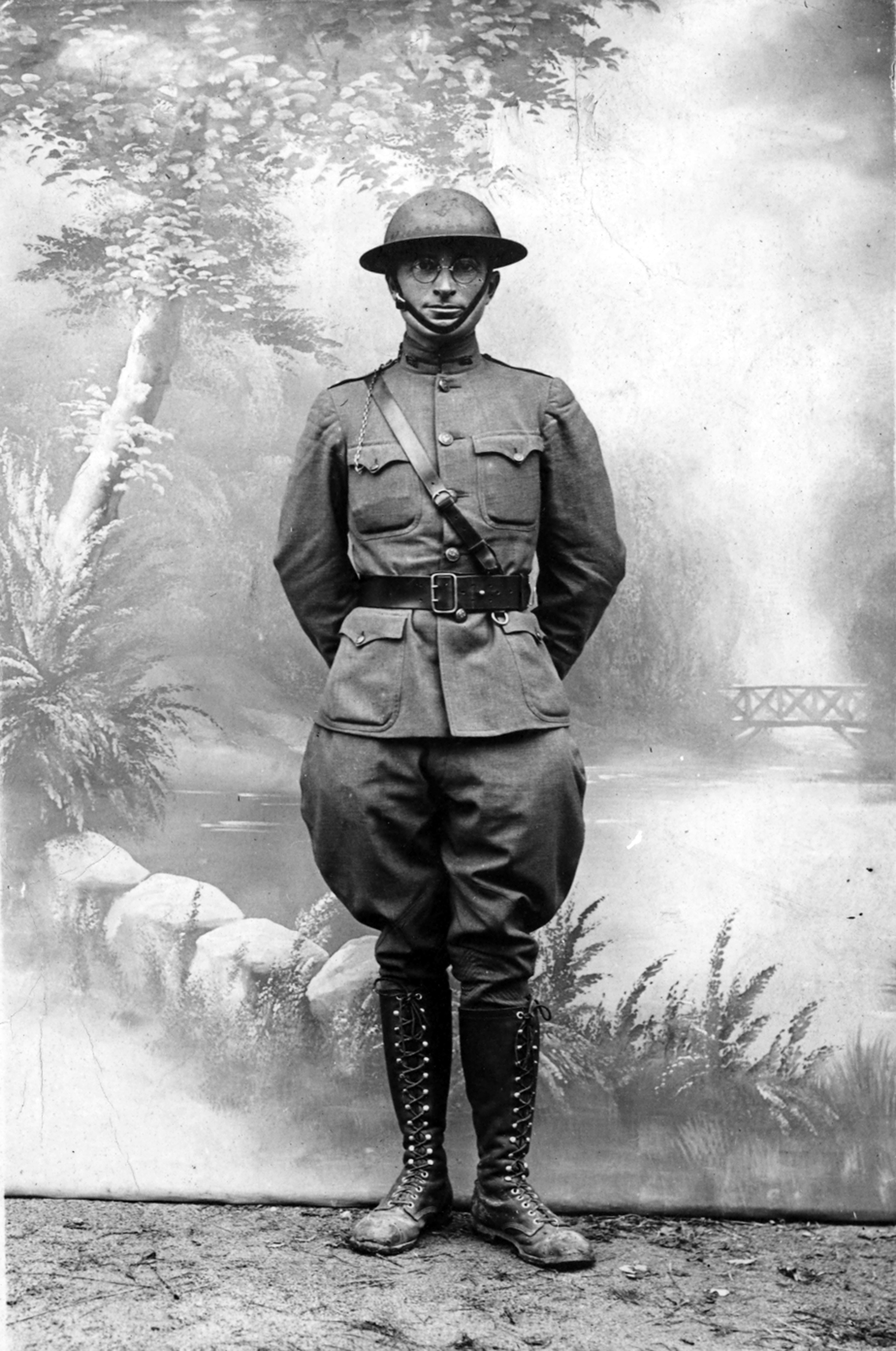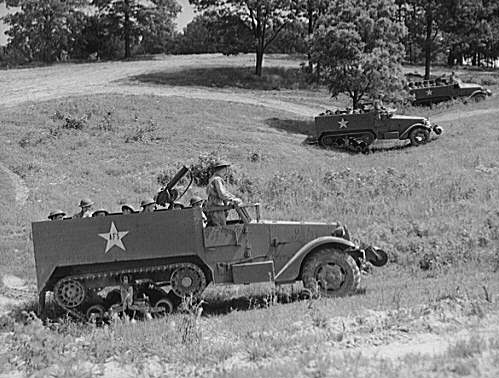|
3in Gun M5
The 3-inch gun M5 was an anti-tank gun developed in the United States during World War II. The gun combined a barrel of the anti-aircraft gun T9 and elements of the 105 mm howitzer M2. The M5 was issued exclusively to the US Army tank destroyer battalions starting in 1943. It saw combat in the Italian Campaign and on the Western Front in Northwest Europe. While the M5 outperformed earlier anti-tank guns in the US service, its effective employment was hindered by its heavy weight and ammunition-related issues. Losses suffered by towed TD battalions in the Battle of the Bulge and the existence of more mobile, better protected alternatives in the form of self-propelled tank destroyers led to gradual removal of the M5 from front line service in 1945. Development and production history In 1940, the US Army just started to receive its first anti-tank gun, the 37 mm gun M3. While it fit the request of the Infantry for light, easy to manhandle anti-tank weapon, Artillery and Ordn ... [...More Info...] [...Related Items...] OR: [Wikipedia] [Google] [Baidu] |
Fort Sam Houston
Fort Sam Houston is a U.S. Army post in San Antonio, Texas. "Fort Sam Houston, TX • About Fort Sam Houston" (overview), US Army, 2007, webpageSH-Army. Known colloquially as "Fort Sam," it is named for the U.S. Senator from Texas, U.S. Representative from Tennessee, Tennessee and Texas governor, and first president of the Republic of Texas, Sam Houston. The installation's missions include serving as the command headquarters for the Fourth United States Army, United States Army North (formerly the Fifth United States Army), United States Army South, the Army Medical Command (MEDCOM) headquarters, the Army Medical Department (AMEDD) Center and School, the Fifth Recruiting Brigade, Navy Regional Recruiting, the San Antonio Military Entrance and Processing Station, and the Medical Education and Training Campus (METC). On October 1, 2010, Fort Sam Houston joined Lackland Air Force Base and Randolph Air Force Base to create Joint Base San Antonio, under Air Force administration. Ho ... [...More Info...] [...Related Items...] OR: [Wikipedia] [Google] [Baidu] |
Field Artillery Branch (United States)
The Field Artillery Branch is a combat arms branch of the United States Army that is responsible for field artillery. Historical background The U.S. Army Field Artillery branch traces its origins to 17 November 1775 when the Continental Congress, unanimously elected Henry Knox "Colonel of the Regiment of Artillery". The regiment formally entered service on 1 January 1776. During the 19th Century a total of seven Artillery regiments were formed which contained a mixture of "heavy" artillery companies and "light" artillery batteries. The light artillery batteries took the role of field artillery although they did not use that designation. The seven artillery regiments were designated as regiments of artillery and were not distinguished as being either "coast" or "field" artillery as was the practice in the 20th Century. In the reorganization of the Army by the Act of 2 February 1901, the seven Artillery regiments were reorganized as the Artillery Corps. The Corps was split into ... [...More Info...] [...Related Items...] OR: [Wikipedia] [Google] [Baidu] |
M3 Halftrack
The M3 half-track was an American armored personnel carrier half-track widely used by the Allies during World War II and in the Cold War. Derived from the M2 half-track car, the M3 was extensively produced, with about 15,000 standard M3s and more than 38,000 variant units manufactured. The M3 was extensively modified with several dozen variant designs produced for different purposes. During World War II, the M3 and its variants were supplied to the U.S. Army and Marines, as well as British Commonwealth and Soviet Red Army forces, serving on all major fronts throughout the war. The M3 and its variants were produced by many manufacturers including Diamond T, White Motor Company, and Autocar. They were adapted for a wide variety of uses, such as a self-propelled anti-aircraft weapon or self-propelled artillery. Although initially unpopular due to its lack of significant armor or a roof to protect the crew from shrapnel, it was used by most of the Allies during the war. In the Cold ... [...More Info...] [...Related Items...] OR: [Wikipedia] [Google] [Baidu] |
Company (military)
A company is a military unit, typically consisting of 80–250 soldiers and usually commanded by a major or a captain. Most companies are formed of three to seven platoons, although the exact number may vary by country, unit type, and structure. Usually several companies are grouped as a battalion or regiment, the latter of which is sometimes formed by several battalions. Occasionally, ''independent'' or ''separate'' companies are organized for special purposes, such as the 1st Air Naval Gunfire Liaison Company or the 3rd Force Reconnaissance Company. These companies are not organic to a battalion or regiment, but rather report directly to a higher level organization such as a Marine Expeditionary Force headquarters (i.e., a corps-level command). Historical background The modern military company became popularized during the reorganization of the Swedish Army in 1631 under King Gustav II Adolph. For administrative purposes, the infantry was divided into companies consist ... [...More Info...] [...Related Items...] OR: [Wikipedia] [Google] [Baidu] |
Tank Destroyer Battalion (United States)
The tank destroyer battalion was a type of military unit used by the United States Army during World War II. The unit was organized in one of two different forms—a towed battalion equipped with anti-tank guns, or a mechanized battalion equipped with armored self-propelled guns. The tank destroyer units were formed in response to the German use of massed formations of armored vehicles units early in WWII. The tank destroyer concept envisioned the battalions acting as independent units that would respond at high speed to large enemy tank attacks. In this role, they would be attached in groups or brigades to corps or armies. In practice, they were usually individually attached to infantry divisions. Over one hundred battalions were formed, of which more than half saw combat service. The force was disbanded shortly after the end of the war when the concept had been shown to be militarily unsound. Development of US tank destroyer doctrine Development In April 1941, a conference ... [...More Info...] [...Related Items...] OR: [Wikipedia] [Google] [Baidu] |
Lesley J
Lesley is a placename, given name and surname, a variant of Leslie that can be male or female name and is ultimately an anglicization of a Scottish (Gaelic) placename. Places * Fort Lesley J. McNair, American army facility * Lesley University, American academic institution People Given name * Lesley Baker (b. 1944), Australian actress * Lesley Bamberger (born 1965/1966), Dutch billionaire, owner of Kroonenberg Groep * Lesley Blanch (1904–2007), British writer and editor * Lesley M. M. Blume, American author * Lesley Turner Bowrey (b. 1942), Australian tennis player * Lesley-Ann Brandt (b. 1981), South African-born actress * Lesley Choyce (b. 1951), American-born writer based in Canada * Lesley Douglas (b. 1963), British radio executive * Lesley-Anne Down (b. 1954), British actress * Lesley Ann Downey (1954–1964), British murder victim * Lesley Duncan (1943–2010), British singer-songwriter * Lesley Dunlop (b. 1956), British actress * Lesley Elliott (other), multipl ... [...More Info...] [...Related Items...] OR: [Wikipedia] [Google] [Baidu] |




